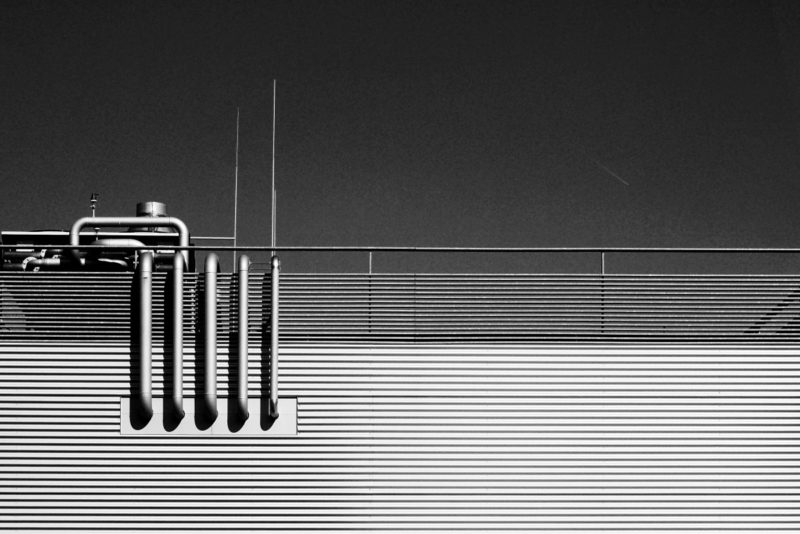Do you want to know how to make a passive solar heater for greenhouse? Don’t worry, and you have arrived at the right place. The greenhouse that does not require heating is a passive solar greenhouse. The point is to keep daytime heat while keeping the nighttime cold outside.
With suitable insulating and glazing and also measures to catch and store solar energy, the passive solar greenhouse may be built for a fraction of the price of a regular greenhouse.
In the passive solar greenhouse linked to the residence, seven elements assist you in achieving this. Certain aspects had to be installed into the conservatory whenever you needed to create it. However, others may be adapted with little effort inside a preexisting greenhouse. This is just an overview. Keep reading to learn more.
Steps To Make A Passive Solar Heater
If you want to make a passive solar heater for the greenhouse, you must successfully install the seven key elements. The below-mentioned steps help you learn how to make a passive solar heater for greenhouse.
Step #1. Knee walls should be utilized
Insulation over portions of sidewalls that do not have to be glazing is the characteristic that will bring the most advantage in a greenhouse. Because the best insulation was transparent, this will refract light, which is bad for the plants and bad for heating during the day when the sun shines. As a result, it’s critical to retain insulating just at the bottom of the greenhouse. In my situation, I mostly plant in containers on a table. Therefore You don’t need light pouring in through the greenhouse’s bottom walls. The one elevated bed is set back from the walls to ensure that the plants I cultivate in it receive adequate sunlight.
These are constructed in the same manner as a home wall. They resemble a panini, with wood sheathing serving as the toast and insulating serving as the peanut butter. The greenhouse was built with any of these knee walls, and the inside was not insulated until afterward. We observed that the lowest temperature in the winter season increased after We insulated the walls & installed inside paneling. A greenhouse is getting lesser cooler air from the bottom, and less warmth is leaving through knee walls.
Step #2. Place water barrels
You must store water from the greenhouse top where permissible and then rinse the plants. Rainfall is far superior to tap water for houseplants. It lacks the additives that towns must add to render drinking water safe. On the other hand, Rainwater is softer and frequently hotter than water from the tap. But, there is also another application for the water container inside the winter that you may not have considered.
When you can fit the barrel within the greenhouse, you’ll be able to utilize it as a solar heat sink, capturing the excess energy during the day and storing it until nightfall. If the barrels were dark, it would work the best. You could either purchase them already painted or color them yourself.
Step #3. Invest in a heat-absorbing floor
A greenhouse’s floor may be utilized as an excessive solar sink, absorbing daytime energy from the sun and releasing it at nighttime. It must, nevertheless, be the appropriate substance. Limestone or masonry is the best choice for a solar greenhouse heat sink flooring. This stone’s thermal bulk will collect and then unleash the energy from the sun that has been accumulated over the day. Of course, the more comprehensive, the more remarkable. You may either construct the existing floor with massive concrete pavers, which I have done, or have a paver patio been built if you’re building a gigantic greenhouse.
Step #4. Ensure that the roof is appropriately glazed
The goal is to capture as much solar passive energy as possible every day to warm up the greenhouse such that the warmth could help keep it hotter deeper into the nighttime. Because glass is the most translucent of all glazing elements, it may create the highest solar gain. Nevertheless, because glass is a poor insulator, warmth will escape at night. Dual or triple-pane glassware is preferable, although it can be costly unless you discover a cheap template. Furthermore, you may have to buy bespoke because multi-pane glassware cannot be trimmed to length once it is made.
Step #5. Incorporate a sensor for temperature
It’s essential to know the temperature of the passive solar greenhouse at various times each day. This will not supply passive warming to the greenhouse but will enable us to track any changes you made to determine if they are effective. Must hang the wireless sensor in the greenhouse, where this won’t be exposed to bright sun. As well as, the transmitter is in the kitchen, so you can keep an eye on the temperature without needing to leave the house. You may also want to read about how to clean your baseboard heater.
It’s A Wrap!
We are delighted to know that you have learned how to make a passive solar heater for greenhouse. We have mentioned six easy steps to make your passive solar heater. Making such heaters is not difficult if you carefully install all the necessary parts. Click on these links to read related articles; know where to place a space heater and how to turn on a wall heater in the apartment. Thank you, friends, for reading this article till the end.

